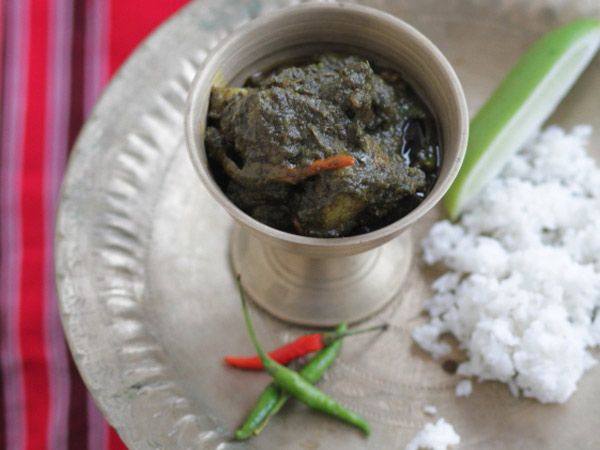
Delicacies of the north-east
The land of the Seven Sisters – Arunachal Pradesh, Assam, Manipur, Meghalaya, Nagaland, Mizoram and Tripura – is home to India’s largest collection of tribals who migrated to our peninsula, through the centuries via Burma (Myanmar). The prominent tribal groups include the Nagas, Khasis, Jaintias, Mizos, Boros, Garos and Kacharis. Each group maintains its own identity and culture of language, art and culinary specialities with their integral traditions forming part of their daily lives.
The cuisines of these regions are as varied as the tribes themselves. Food is simple and for the most part non-vegetarian. Their close proximity to China and Burma have played their part in influencing the cuisine. Fish seems to be the favourite for most, especially in Tripura and Assam due to the close proximity to the Bay of Bengal. The other staple is rice, a dominant cereal of the region and ‘Pitha’ a rice-based dessert is a favourite of all. Mustard oil is the favoured cooking medium.
Travelling through Assam one encounters a wide range of delicacies, including til pitha (til stuffed rice-flour pastries), narial pitha (coconut stuffed rice-flour pastries), and larus (sweet balls of coconut and til) which are prepared in every home during the Bihu festival. Seera (flaked rice) and doi (curd and yogurt) are also eaten regularly.
Nagaland situated at the extreme North-east of the states, is home to 16 major tribes and other sub-tribes. Though fiercely independent as tribes, the cuisine is quite similar and they have hardly any restrictions on the kind of meat they eat. One of their favourite meats is pork and dishes like Awo Kutsu, a speciality made from the head of the pig. Combinations of pork with crab, bamboo shoots, smoked pork with soya bean, crispy hot and sweet beef are popular.
The unexplored cuisine of the north-east
Delicious chutneys, called “tathus”, are made using bamboo shoots and beans. Anishi Lon (a preparation of yam leaves and fermented bamboo shoots with pork and fish) is also famous. Rice dishes like Konyak Nuk-Nge and Galho, a kind of khichdi that can be made in different ways. Chicken seems to be the next favourite meat with dishes named Amerso and Anhoi.
In Manipur the populace is distinctively divided into the hill tribes (Ching-Mee) and the people of the plains (Tam-mee) and both share the produce of the other. The people of the plains depend on the food grains cultivated by the hill tribes and the hill tribes depend on the meats provided by the tribes of the plains. Dishes like “Ngari” (fermented fish) and Eromba (fish speciality) are eaten regularly. “Umorok” (hot Chilli) is grown by the hill people and is used in many of the dishes. A popular sweet here is Kabok, made of rice and molasses.
Orchards of lemon and lime, passion fruit, pineapple and papaya are a pretty sight as one traverses the countryside of Mizoram. Non-vegetarian in their diet, the tribals called the Mizos cook their food using methods that retain the nutritive value. Generally the food is rather bland for those who love spice. Their favourite beverage seems to be a kind of tea called “Zu”.
Northern most is the state Arunachal Pradesh where rice is the mainstay, coupled with boiled vegetables, pulses, meat or fish. The people avoid the use of spice and oils and have a rather nutritious diet with their favourite alcoholic beverage, a rice-beer also known as apang.
In Meghalaya, a favourite Khasi delicacy is that of Jadoh, a delicious blend of rice and pork. There is also the delicious tungrymbai a spicy chutney mix of fermented beans which gives a lift to the simplest of meals.
The North east, its people, culture and cuisine remains largely unexplored till date. Very different from the rest of India, the food here needs to be experienced by all true foodies.
More On >> Michael Swamy




